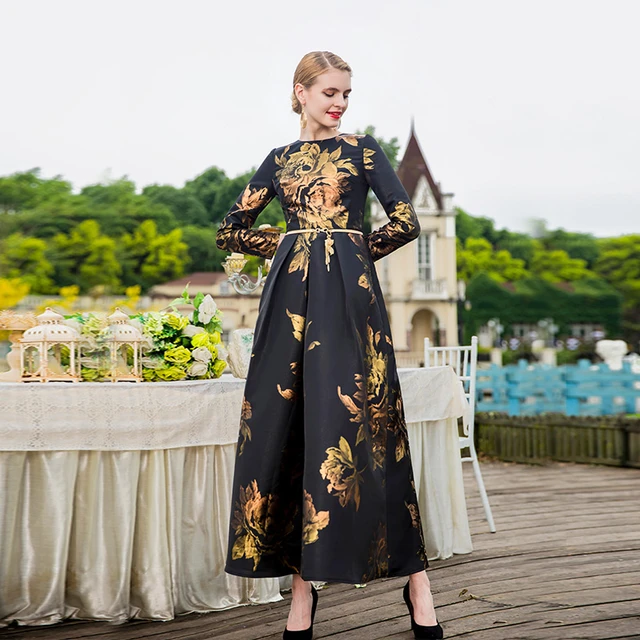
Introduction:
Choosing the right fabric for a special occasion long dress is an essential step in creating or selecting a gown that not only looks stunning but also feels comfortable and appropriate for the event. The perfect fabric can enhance the design, drape beautifully on your body, and reflect the formality of the occasion. This process involves considering several factors such as the season, the style of the dress, the venue, personal preferences, and the overall theme or dress code of the event. Here’s a detailed guide to help you make an informed decision when choosing the ideal fabric for your special occasion long dress.
1. Event Type and Dress Code:
Formal Events:
For black-tie events like galas, balls, or red-carpet occasions, luxurious fabrics like silk (satin, charmeuse, dupioni, or taffeta), velvet, chiffon, organza, or mikado are preferred. These materials exude elegance and have a rich texture that complements the sophistication of formal attire.
Semi-formal Occasions:
Semi-formal gatherings may call for lighter fabrics such as crepe, georgette, lace, or lightweight jersey, which provide a more relaxed yet still refined look.
Weddings:
Bridesmaids’ dresses often use flowy chiffon, satin, or soft tulle, while wedding gowns might feature intricate lace overlay or ethereal tulle with layers of soft netting or heavier satins and mikado for structure.
2. Season and Climate:
Warm Weather:
Opt for breathable, light-weight fabrics that won’t weigh you down or cause excessive sweating. Think chiffon, cotton voile, silk chiffon, linen blends, or organza – these allow air to circulate around the skin.
Cooler Weather:
Heavier, denser fabrics like brocade, velvet, wool blends, and thicker satins can provide insulation and warmth during fall or winter events. A lined dress made from these fabrics adds an extra layer of comfort.
Transitional Seasons:
For spring or autumn, choose versatile fabrics like crepe, lace, or a lighter jacquard that can be layered or worn alone depending on the temperature.
3. Body Shape and Comfort:
Structured Fabrics:
If you prefer a dress that creates a defined silhouette, go for fabrics that hold their shape well, like duchess satin, mikado, or even scuba knit. They are great at concealing imperfections and enhancing curves.
Flowing Fabrics:
For those who love fluidity and movement, choose draping fabrics like chiffon, georgette, or jersey. These fabrics tend to skim over the body, offering a flattering and comfortable fit.
Supportive Fabrics:
Consider stretch fabrics such as spandex-blend jersey or ponte if you need support or want to avoid restrictive undergarments. They offer flexibility and a good range of motion.
4. Style and Design:
Minimalist Dresses:
Simple designs often benefit from high-quality natural fibers such as silk or crisp cotton for a clean, understated look.
Statement Dresses:
Bold prints and intricate designs come alive on fabrics like velvet, brocade, or sequined mesh that can carry the weight of embellishments and embroidery.
Layered Dresses:
Tulle, organza, and other sheer fabrics work wonders for creating voluminous skirts or adding dimension to layered designs.
5. Color and Texture:
Colorfastness:
Ensure the fabric you choose holds dye well and doesn’t bleed, especially if it’s a dark or vibrant hue. Natural fibers like silk and cotton generally take color well, while synthetic fabrics may vary.
Texture:
The tactile quality of the fabric plays a significant role in how a dress feels and appears. Shimmering metallics, lustrous silks, or matte jerseys each contribute differently to the overall aesthetic.
6. Practicality and Maintenance:
Durability:
If you anticipate dancing or moving around extensively, select a durable fabric that will withstand wear and tear. Crepes, polyesters, and blended fabrics are often more resilient than delicate silks.
Maintenance:
Consider the care instructions; some fabrics require dry cleaning, while others can be machine-washed. High-maintenance fabrics like silk and velvet may require more attention post-event.
In conclusion
The choice of fabric for your special occasion long dress should harmonize with the event’s atmosphere, your personal style, and practical considerations.
It’s always beneficial to feel and see fabric samples before making a final decision, and consulting with a tailor or designer can add valuable insight into how different fabrics behave when crafted into a gown.
Remember that ultimately, the best fabric is one that makes you feel confident, comfortable, and radiant on your special day.